pneumatic nveyor design r
2020-06-02T19:06:59+00:00
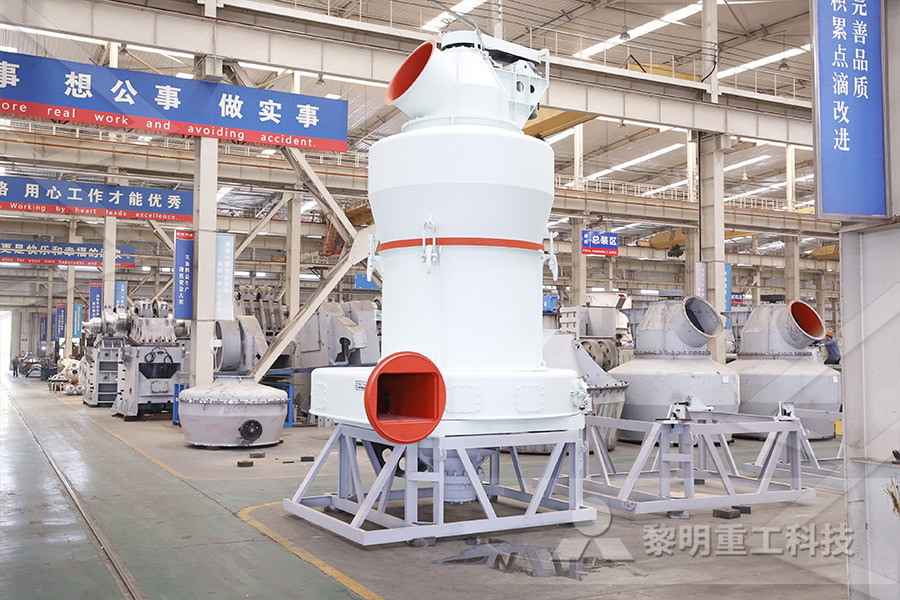
Pneumatic Conveying Design and Materials APEC USA
28/01/2021 When designing the optimal pneumatic conveyor system, it’s important to first consider your material’s characteristics Understanding it’s density, flow rate, permeability, particle size, moisture content, friability and other key factors will help the system work most effectively and prolong its lifeThe construction of pneumatic conveyor can be linked to the degree of design and construction of speed reducer Severity of operation can be classified as follows: Class Hours of Operation per Week 1 160 2 80 3 40 4 20 With the above classification, the degree of sturdiness to which the conveyor must be constructed, can be determined(PDF) SIMPLIFIED PNEUMATIC CONVEYING DESIGN GUIDE Aman 17/11/2015 Conveyor manufacturers must know whether the system requires sanitary design, using 316L stainless steel, or if 304 stainless steel or carbon steel will suffice In pneumatic conveying systems, all equipment must complement each other If one piece of equipment is too large or too small, it will keep the system from working properly10 Considerations for Pneumatic Conveying System Design
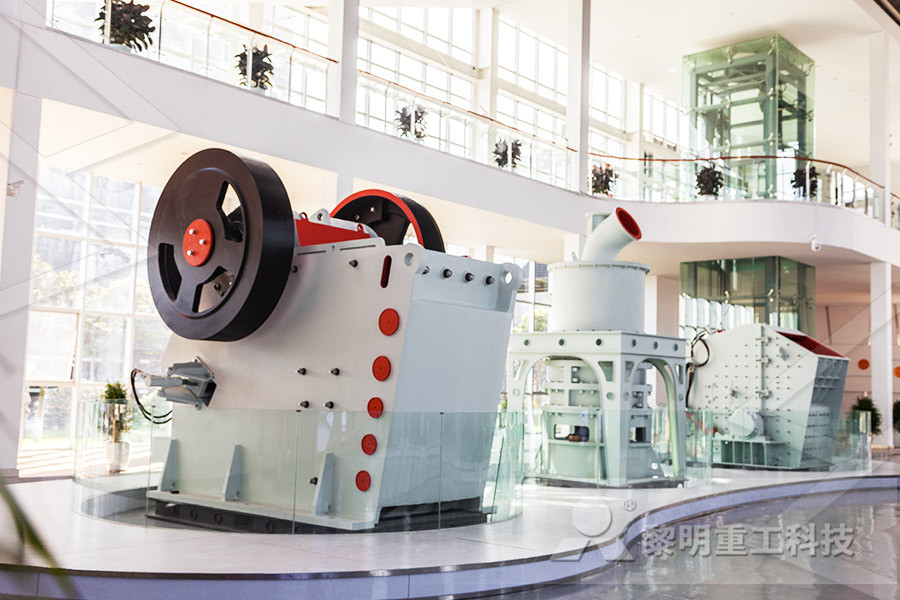
Pneumatic Conveying Systems Handbook A guide to Dilute
Pneumatic conveying systems are used to transfer bulk solids materials (powder, granule) in pipes by using a gas, most of the time air, as the transport medium Although simple in appearance, many design and operational parameters must be well mastered to implement a successful pneumatic conveying systemPneumatic Conveying Design Guide is a guide for the design of pneumatic conveying systems and includes detailed data and information on the conveying characteristics of a number of materials with a wide range of properties This book includes logic diagrams for design procedures and scaling parameters for the conveying line configurationPneumatic Conveying Design Guide ScienceDirectA Quick Check Method For The Design Of Pneumatic Conveying Systems D Mills Computer Science 2001 TLDR In this paper a straightforward method is presented which will allow a check to be made on the design of a pneumatic conveying system in a very short space of time, whether for a new or an existing system[PDF] Pneumatic Conveying Design Guide Semantic Scholar
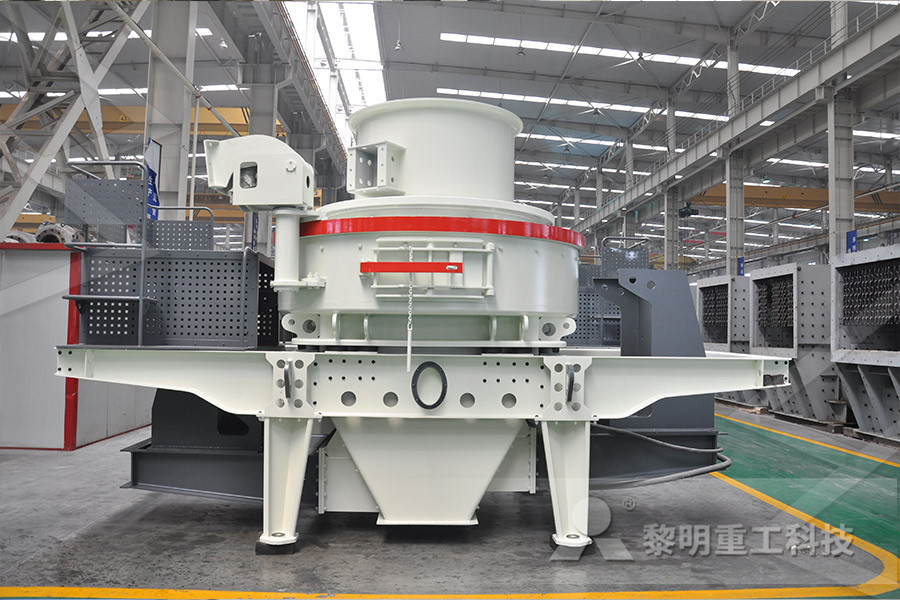
Handbook of Pneumatic Conveying Engineering
Pneumatic conveying plants take up little floor space and the pipeline can be easily routed up walls, across roofs or even underground to avoid any existing equipment or structures Pipe bends in the conveying line provide this flexibility, but 146 Chapters In the majority of pneumatic conveying systems the air mover is driven at a constant speed, and design and operation is based on achieving a given conveying line inlet air velocity If the material feed rate into the pipeline was to increase by 10%, there would be a similar increase in pressure demandHandbook of Pneumatic Conveying Engineering Free28/01/2021 Environmental Considerations in Pneumatic Conveyor System Design When designing the optimal pneumatic conveyor system, it’s important to first consider your material’s characteristics Understanding it’s density, flow rate, permeability, particle size, moisture content, friability and other key factors will help the system work most effectively and prolong its life Pneumatic Conveying Design and Materials APEC USA
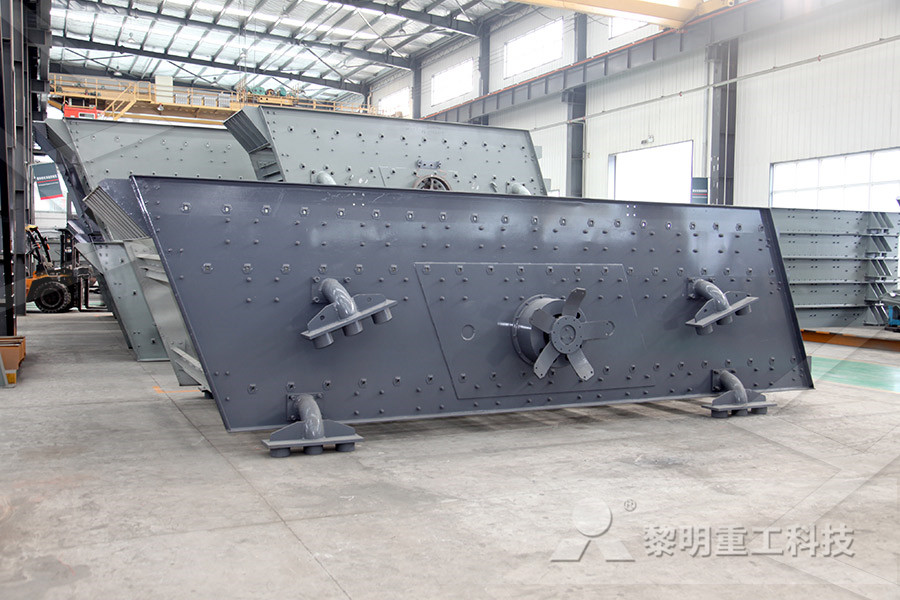
All About Pneumatic Conveyors Types, Design, and Uses
22/03/2022 Pneumatic conveyor types are defined based on what kind of material is moveable and their source of airflow; the three main pneumatic conveyor types are dilute phase, dense phase, and semidense phase conveyors, where each can be pressure or vacuumdriven This section will break down each of these categories to show where each one works best, as well Design and Fabrication of Pneumatic Conveyor System AbstractPneumatic conveying system is a conventional material handling system like belt conveyor or chain conveyor The main advantage of pneumatic conveying system is that material is transferred in close loop, thereby preventing the environmental effect on the material and vice versa In these topic Design and Fabrication of Pneumatic Conveyor SystemIn this project we are going design a system where the moving roller of the conveyor is powered by an pneumatic 13 Belt Conveyor: cylinder Pneumatic cylinder will starts reciprocating and then a power plate with holes on it starts to roll on Conveyor is used in many industries to transport sprocket Due to power given by cylinder piston and power goods and materials (PDF) " Design and Fabrication of Pneumatic Conveyor
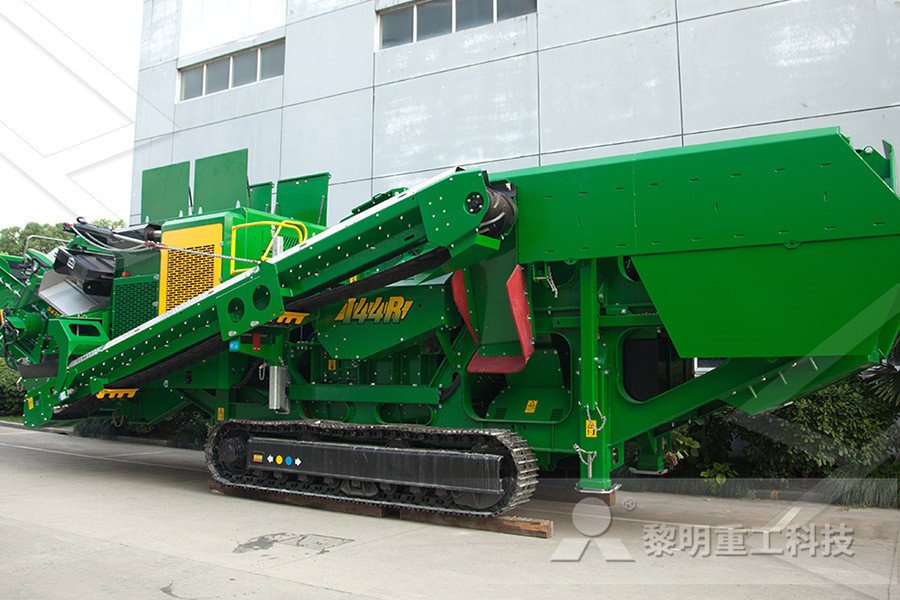
(PDF) SIMPLIFIED PNEUMATIC CONVEYING DESIGN GUIDE
11 Estimation of Pneumatic Conveying design parameters using Nomographs (for preliminary design) This method provides conservative approximations for conveyor size power for a given product bulk density Step 1: Preliminary calculations are started with determination of equivalent length of the system under consideration The equivalent length is the sum of The pneumatic conveyor is a brandnew design that will take the place of traditional roller conveyors A traditional roller conveyor is powered by a motor and provides continuous motion However, with the assistance of a pneumatic cylinder, we may perform intermediate traverse of the conveyor belt to provide stepbystep feed in a pneumatic conveyor system The Design and Functioning of Pneumatic Belt Conveyor SystemPneumatic conveyor design Authors; Authors and affiliations; C R Woodcock; J S Mason; Chapter 553 Downloads; Abstract In the two preceding chapters discussion has been restricted to general details of the arrangements of pneumatic conveying systems and their components It is necessary now to give some more positive pointers to successful pneumatic conveyor Pneumatic conveyor design SpringerLink
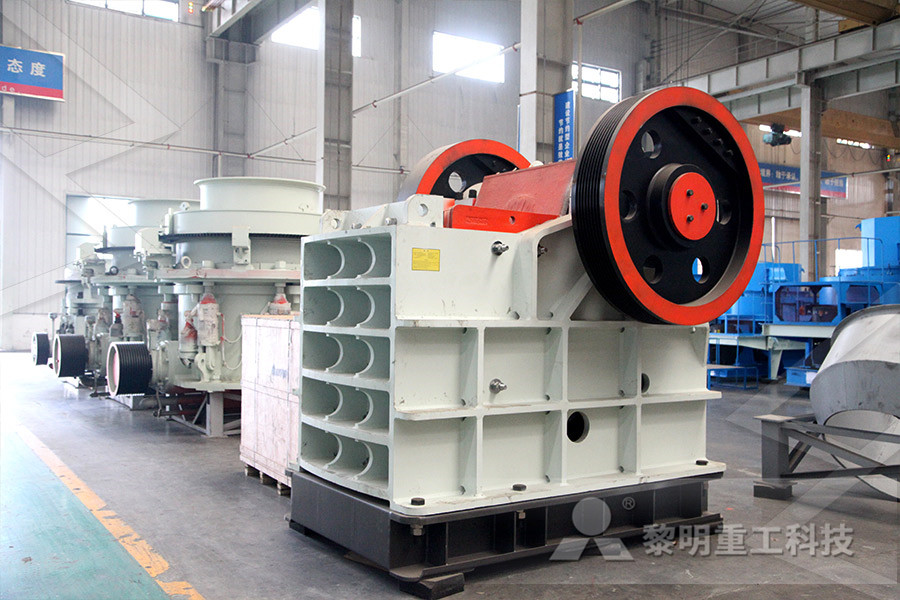
10 Considerations for Pneumatic Conveying System Design
17/11/2015 Conveyor manufacturers must know whether the system requires sanitary design, using 316L stainless steel, or if 304 stainless steel or carbon steel will suffice In pneumatic conveying systems, all equipment must complement each other If one piece of equipment is too large or too small, it will keep the system from working properly10/05/2021 For the proper design and satisfactory operation of pneumatic conveying, it is necessary to know about characteristics of powders such as density particle size distribution, cohesiveness, angle of friction, angle of repose, and fluidization Applications of Pneumatic Conveyor: A pneumatic conveyor is the most important handling system in the chemical Pneumatic Conveyor Applications and How it works?Pneumatic conveying plants take up little floor space and the pipeline can be easily routed up walls, across roofs or even underground to avoid any existing equipment or structures Pipe bends in the conveying line provide this flexibility, but they will add to the overall resistance of the pipeline Bends can also add to problems of particle degradation if the conveyed material is Handbook of Pneumatic Conveying Engineering

12 MustKnow Considerations for Pneumatic Conveying
22/03/2022 Conveyor design can be affected by the type of process equipment being fed, such as lossinweight feeders and mixers, extruders, packers, volumetric feeders, and other equipment Feeders that have lost weight, for example, must be replaced as soon as possible 10 Know Your Conveying Rate It’s crucial to know how many pounds or kilos will be transported Pneumatic conveyor design Authors; Authors and affiliations; C R Woodcock; J S Mason; Chapter 553 Downloads; Abstract In the two preceding chapters discussion has been restricted to general details of the arrangements of pneumatic conveying systems and their components It is necessary now to give some more positive pointers to successful pneumatic conveyor Pneumatic conveyor design SpringerLink3 Design shortcut method for Lean Phase pneumatic conveying The details of the method and examples are give in our pneumatic conveying handbook STEP 1 Collect the study entry data The product to be conveyed needs to be known, especially : Mean particle size (microns) Bulk density (kg/m3) Particle density (kg/m3)Pneumatic Conveying Systems Introduction : Dilute phase
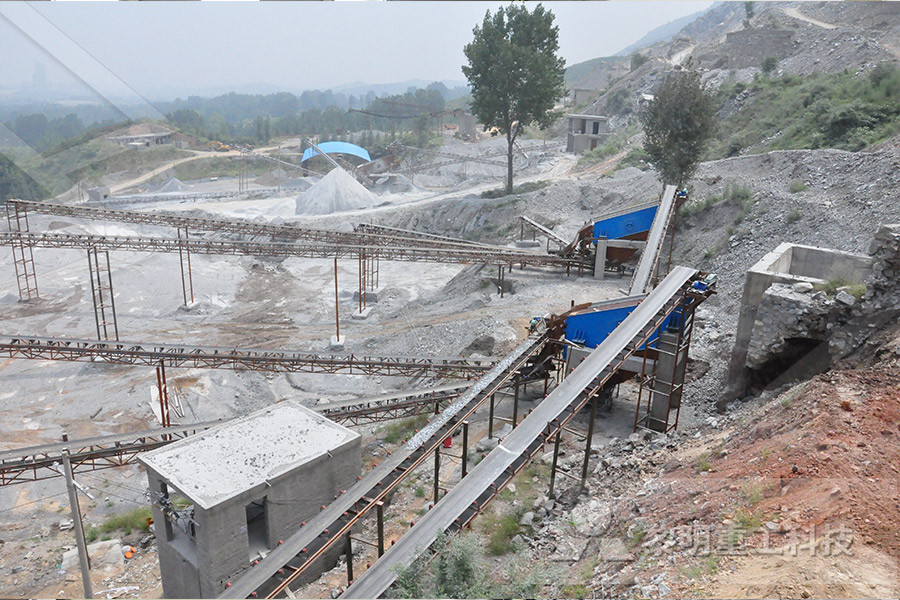
Theory and Design of Dilute Phase Pneumatic Conveying Systems
Theory and Design of Dilute Phase Pneumatic Conveying Systems AT Agarwal, USA For pressure drop due to solids friction, ZENZ and OTHMER in their book explained that some of the earlier investigations had concluded that the term (ƒ pV p)/(ƒV g) could be ignored but that the use of this term, in general, will predict pressure drops greater than those observed and thus Introduction to Pneumatic Conveying of Solids Karl Jacob The Dow Chemical Company Engineering Sciences/Solids Processing Midland, Michigan jacobkv@dow Goals for this webinar Understand various modes of conveying of solids Learn how to decide on conveying configuration Examine key aspects of design of conveying systems Recognize the various Introduction to Pneumatic Conveying of Solids AIChEHistorically, the first pneumatic conveyor systems were created in connection with the discharge of grain from overseas ships Later, this new technology of continuous development spread into other process engineering areas Today’s special applications are: Burner feeding with combustible dusts and alternative fuels in the cement industry; Feed lance injection and Pneumatic Conveying Systems and How They Work
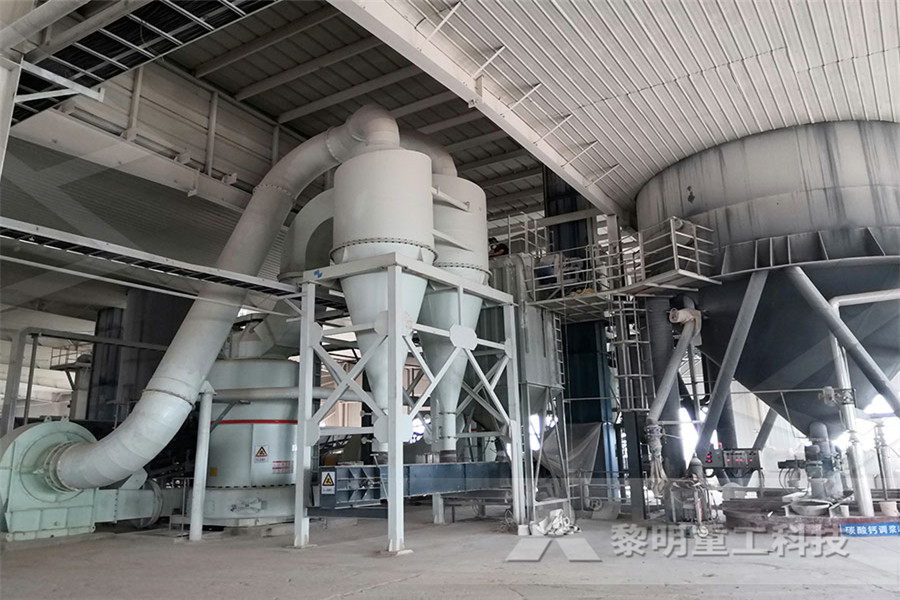
pneumatic conveyor design pdf legitedemireillefr
28/12/2021 pneumatic conveyor design pdf Hot es Theory and Design of Dilute Phase Pneumatic Conveying , The calculations for the design of a dilute phase conveying system are based on determining the pressure drop that is generated in the system due to the flow of gas and solids ZENZ and , Theory and Design of Dilute Phase Pneumatic Conveying ,Design software for pneumatic conveying systems Need help with challenging new designs or optimizing your current conveying system? Download now Designing or troubleshooting pneumatic conveying systems Improperly designed conveying systems or process changes can wreak havoc on production lines with blockages in the system, irregular feed rates, or PneuCalc Design Software for Pneumatic Conveying Systems27/10/2005 System Design Calculations for Pneumatic Conveying If you know basic Excel, you can use my calculation method published in Powder Handling and Processing magazine in its April 2005 issue This article gives the theory and all of the equations that are internally used in computer programs It takes the mystery out of the computer programsDesign Calculation for Pneumatic Conveying bulkonline
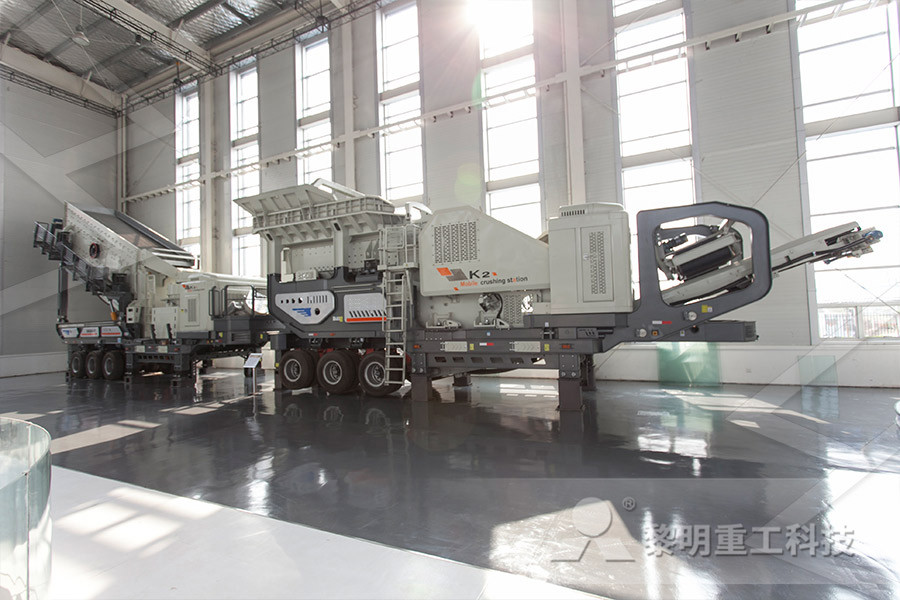
Design and Optimization of Roller Conveyor System IJSER
Pneumatic conveyor systems 4 Vibrating conveyor systems 5 Flexible conveyor systems 6 Vertical conveyor systems and spiral conveyors 7 Live Roller Conveyor systems 20 Scope of Present Study 1 Check design of existing conveyor system 2 ANSYS APDL codes or Catia V5R19 for drawing of existing system 3 ANSYS is used for linear static, modal, transient and









